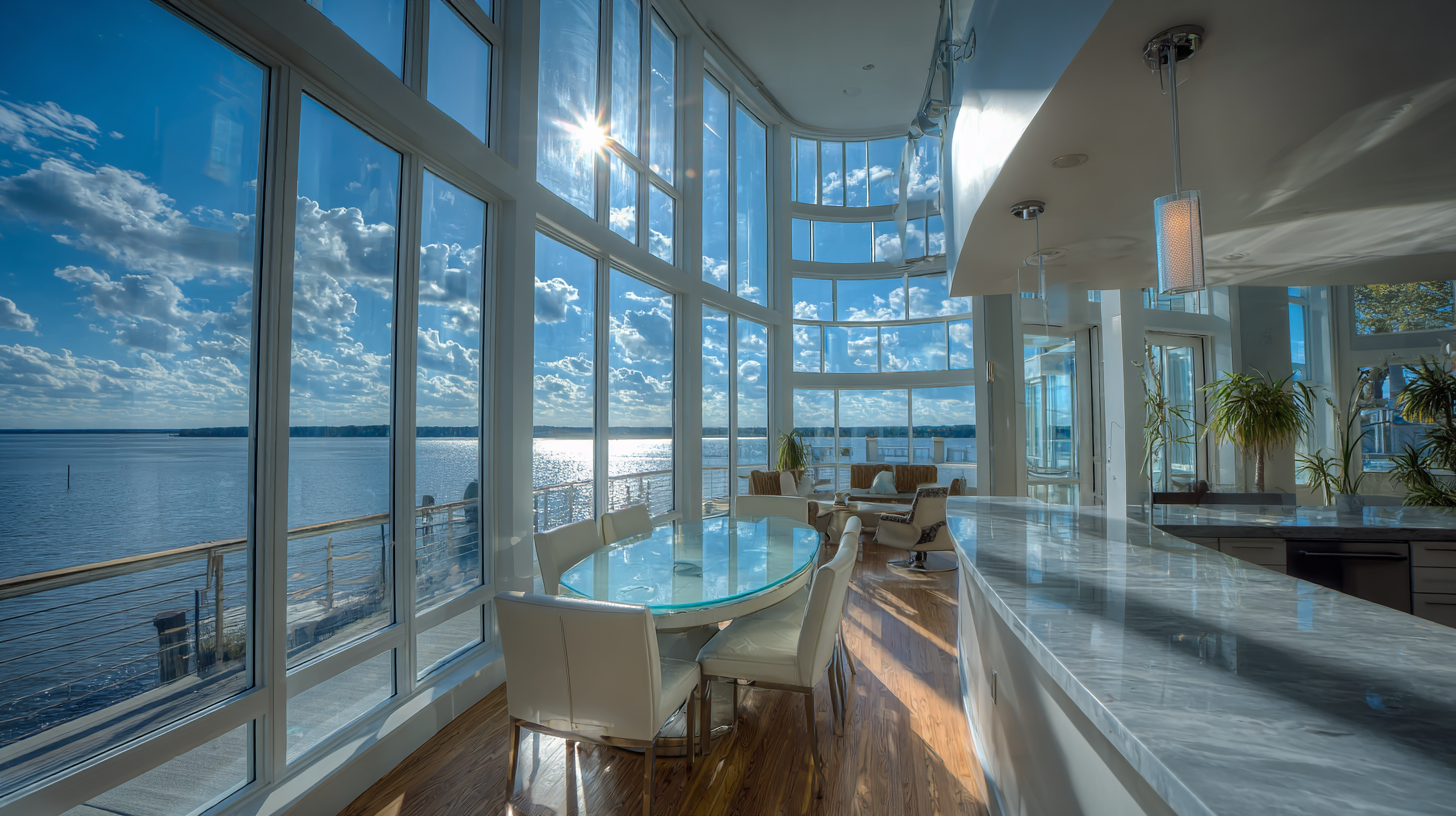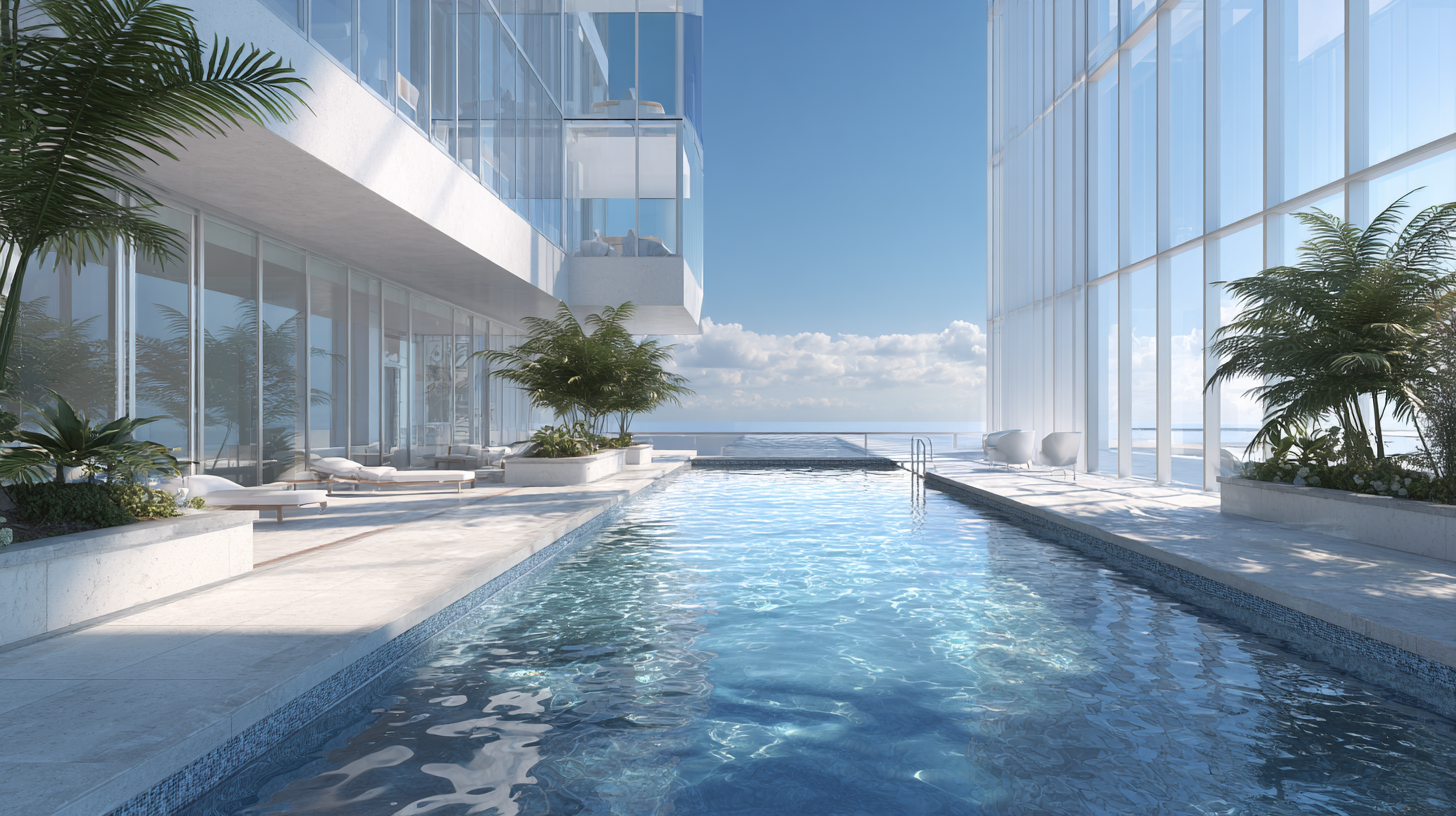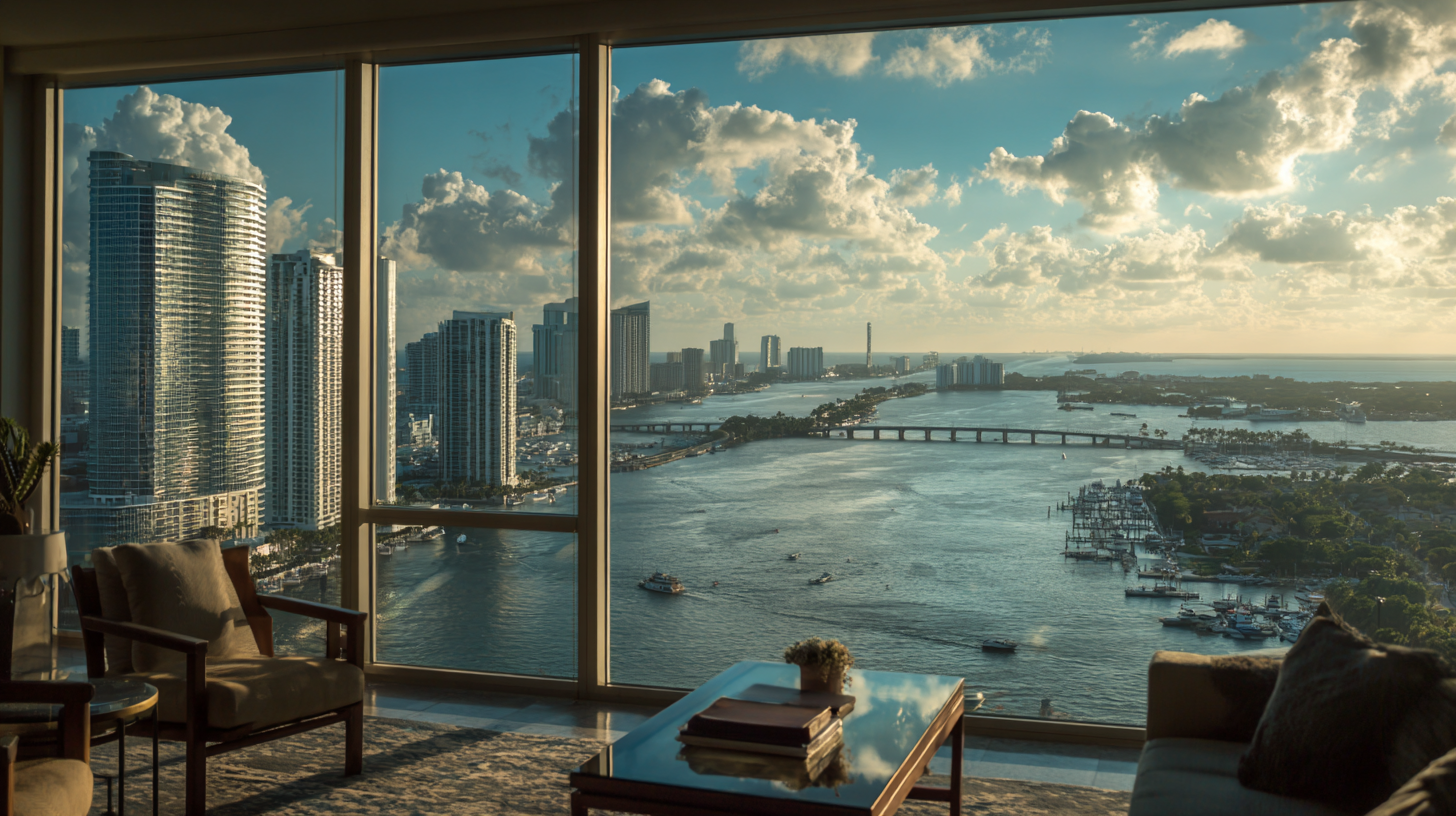Envisioning Resilience: The Future of Best Hurricane Windows in Modern Architecture
As climate change intensifies and extreme weather events become increasingly frequent, the architectural industry is facing an urgent need to enhance resilience against natural disasters, particularly hurricanes. According to a 2022 report by the National Oceanic and Atmospheric Administration (NOAA), the Atlantic Basin has seen a 50% increase in the number of hurricanes over the past two decades. This evolution in weather patterns underscores the importance of optimizing building designs with advanced materials and technologies.

One critical aspect of this adaptation is the incorporation of best hurricane windows, engineered to withstand severe winds and flying debris while maintaining energy efficiency. Industry experts suggest that investing in high-performance hurricane windows can reduce property damage by up to 75% during such catastrophic events, making it imperative for modern architecture to prioritize resilience in its designs. By envisioning a future where innovative solutions for hurricane windows become standard, architects can significantly contribute to safeguarding communities and the environment.
Identifying Key Features of High-Quality Hurricane Windows for Modern Homes
When designing modern homes in hurricane-prone areas, one of the most critical aspects is selecting the right hurricane windows. High-quality hurricane windows are not just a luxury; they are essential for ensuring durability, security, and energy efficiency. These windows typically feature laminated or impact-resistant glass that can withstand extreme wind speeds and flying debris. This ensures that families are shielded from the elements while maintaining a clear view of their surroundings.
In addition to glass strength, the frame material plays a crucial role in window performance. Frames made from reinforced vinyl, fiberglass, or aluminum are often preferred due to their robust nature and resistance to corrosion. Proper installation is also imperative; even the best windows can fail if not installed correctly. Another key feature to consider is energy efficiency; hurricane windows should be designed to minimize heat transfer, helping homeowners reduce energy costs while providing a comfortable living environment. By integrating these features, modern architecture can effectively balance resilience and aesthetic value, creating safe havens for residents in turbulent weather conditions.
Envisioning Resilience: The Future of Best Hurricane Windows in Modern Architecture
| Feature | Description | Importance | Rating (1-5) |
|---|---|---|---|
| Impact Resistance | Ability to withstand flying debris during a hurricane. | Critical for safety and protection of property. | 5 |
| Energy Efficiency | Minimizes heat transfer and reduces energy costs. | Important for sustainability and comfort. | 4 |
| UV Protection | Blocks harmful ultraviolet rays to protect interiors. | Essential for preserving furniture and preventing fading. | 4 |
| Noise Reduction | Reduces external noise for a quieter home environment. | Enhances comfort and livability. | 3 |
| Longevity | Durable materials that withstand extreme weather conditions. | Crucial for long-term investment and minimal maintenance. | 5 |
Essential Questions to Ask When Choosing a Hurricane Window Supplier
When selecting a hurricane window supplier, it's crucial to ask essential questions that ensure quality and reliability. According to the American Architectural Manufacturers Association (AAMA), windows engineered for storm resistance can reduce damage by up to 80% during hurricane winds, making the choice of supplier pivotal. Prospective buyers should inquire about the testing standards the windows have passed, such as ASTM E1886 and ASTM E1996, which evaluate impact resistance. A supplier’s adherence to these standards not only assures compliance with local building codes but also signifies a commitment to safety.
Another crucial question pertains to the materials used in the windows. The National Association of Home Builders (NAHB) reports that impact-resistant windows are often made from laminated glass and durable frames, offering enhanced protection against flying debris. Buyers should ask potential suppliers about the specifics of their product offerings, including the safety ratings and warranties provided. A reputable supplier should be transparent about the manufacturing process and able to provide documentation showing that their products meet or exceed industry standards, ensuring that homeowners are well equipped to face hurricane threats.
Comparing Materials: What Makes the Best Hurricane Windows?
When it comes to selecting the best hurricane windows for modern architecture, the material used plays a vital role in their performance and durability. According to a report by the Florida Solar Energy Center, impact-resistant windows can reduce wind and debris damage by up to 99%, which is crucial in hurricane-prone regions. Common materials for hurricane windows include laminated glass, tempered glass, and polycarbonate. Laminated glass, made with a layer of polyvinyl butyral (PVB), provides an excellent balance of strength and transparency, while tempered glass offers greater resistance to thermal stress and impact.
When comparing these materials, one must consider factors such as energy efficiency, aesthetics, and cost. For instance, while polycarbonate windows tend to be less expensive, their clarity and resilience may not match that of laminated or tempered glass. The American Society for Testing and Materials (ASTM) provides guidelines for testing these materials, ensuring they can withstand specific wind pressures and debris impacts.
Tip: Always check for certification labels from organizations like the Miami-Dade County Product Control to ensure the windows meet local hurricane building codes.
Another essential consideration is the window frame material. Wood, vinyl, and aluminum all have their benefits and drawbacks. Vinyl frames are resistant to corrosion and require minimal maintenance, whereas aluminum frames tend to offer superior strength.
Tip: Consider a combination of materials that maximize both function and design to suit your architectural vision while ensuring resilience against severe weather.
Envisioning Resilience: Comparing Materials for Hurricane Windows
Top Suppliers for Hurricane Windows: A Guide to Trusted Brands
When it comes to hurricane-resistant architecture, selecting the right window is crucial for both safety and aesthetic appeal. There are numerous suppliers that specialize in producing high-quality hurricane windows. Among the top manufacturers, PGT Innovations stands out for its commitment to innovative design and durable materials, offering a range of impact-resistant windows that combine functionality with sleek style. Their products are particularly popular in regions prone to severe weather, ensuring homeowners can secure their properties without sacrificing beauty.

Another reputable brand is Anderson windows, renowned for their energy-efficient options. They provide a variety of models that meet stringent hurricane codes, making them a trusted choice for architects and builders alike. With a focus on sustainability, Anderson integrates advanced technology into their manufacturing process, ensuring that their hurricane windows are not only protective but also environmentally friendly.
Evaluating these top suppliers is essential for anyone looking to enhance the resilience of their home while contributing positively to the environment.
Understanding Building Codes and Regulations for Hurricane-Proof Windows
In the face of increasingly severe hurricanes, the demand for resilient architecture has surged, particularly in the hurricane impact window market. Understanding the building codes and regulations governing the installation of hurricane-proof windows is essential for builders and homeowners alike. By 2032, this market is projected to reach USD 2.64 billion, up from USD 1.56 billion in 2023, reflecting a robust compound annual growth rate (CAGR) of 5.7%. This growth underscores the critical role that building codes play in promoting safety and resilience in hurricane-prone regions.
Building codes and regulations are designed to protect structures from wind damage, flying debris, and other hazards associated with hurricanes. These standards dictate the materials and designs that must be used to ensure that windows can withstand extreme weather conditions. Compliance with these regulations not only enhances the safety of buildings but also contributes to their overall durability and longevity. As the market continues to expand, it is crucial for stakeholders to stay informed about evolving codes to ensure that their constructions meet the highest standards of resilience.

